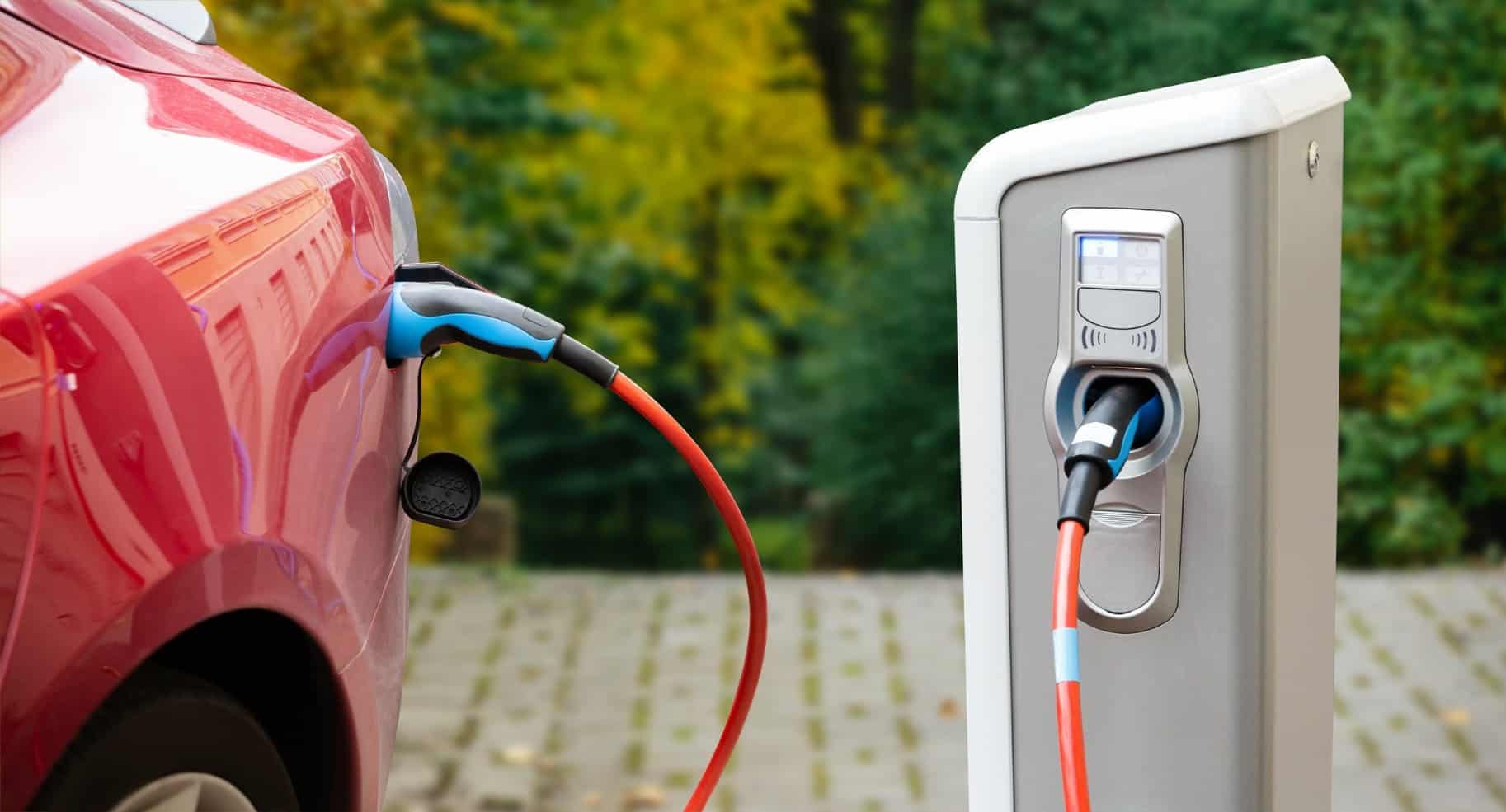
CHARGESCAN by BV Reliability to electric vehicle charging solutions (EVCS) networks
Bureau Veritas launched ChargeScan by BV, an end-to-end solution to ensure electric vehicle charging solutions (EVCS) network reliability thanks…

The International Maritime Organization has defined a strategy for the shipping industry to reduce its greenhouse gas emissions by 50% in 2050 compared to the 2008 level. The development of industrial solutions is well underway to meet the IMO objectives and tackle the energy transition.
New fuels and new propulsion systems will be key enablers providing an alternative to today’s hydrocarbon based systems to decarbonize the shipping industry.
New fuels being considered are, as follows:
New propulsion systems include:
Design, production and onboard integration of innovative systems and components for wind propulsion and the use of new fuels represent significant industrial and regulatory challenges to ensure an equivalent level of safety when compared to conventional fuels and systems. The technical rules for safe bunkering, storage, handling and power conversion of new fuels onboard ships are to be developed while learning and gaining experience with technical innovations in order to accelerate their use.
Bureau Veritas contributes to the development of these decarbonized solutions by :
Bureau Veritas is addressing the challenges of sustainability and the energy transition by providing solutions to the safety, risk and performance requirements for innovation in future fuels and propulsion systems.
The role of Bureau Veritas is to provide support and in-depth knowledge to protect people, ships and offshore structures, going beyond the scope of individual projects to find new ways to anticipate and manage risk across the industry, promoting safety and health, and protecting the marine environment. We work with the industry to support innovation via new rules and tools.
Flag State administrations worldwide rely on Bureau Veritas to verify the implementation of international and national regulations on marine safety and environmental protection (IMO SOLAS conventions for the safety of human life at sea and IMO MARPOL for the prevention of pollution from ships, for example).
The development of technical rules is the cornerstone of classification societies. Classification and statutory certificates are essential for the operation of ships. Marine insurers require this type of certificates to insure them, and port authorities regularly check their validity when a ship calls in a port. Likewise, it is essential for operators to ensure that offshore units comply with safety; quality standards and regulatory requirements.
Considering the current shipping world trends in terms of research and innovation to meet the challenge of decarbonizing the industry, we consider it is essential to bring technical expertise in the form of “Guidance Notes” or “Tentative Rules” as appropriate for:
– Methanol (and ethanol), ammonia and hydrogen as fuels, developing technical classification rules considering available statutory regulations. These technical rules include requirements for the general design of the ship and the associated safety assessment, the design and location of the bunkering systems, tanks, fuel pipes and associated systems, materials used, power conversion systems (engines, fuel cells), safety with regards to the risks of fire, explosion, toxicity, ventilation and the various monitoring and control systems.
– Wind propulsion by developing technical classification rules which include requirements for wind energy conversion systems (sails, rigid sails), their integration on board and their connection to the ship’s structure, safety of the vessel (stability, mobile systems) as well as the various monitoring and control systems.
Our rules are developed through a thoughtful and comprehensive process with input from different stakeholders. They are regularly assessed and updated to reflect the latest progress. The following rules and guidelines are/will be available
on which the project has a significant impact
Avoided Emissions – Classification rules and guidelines help to develop and use new technologies that contribute to reduce GHG :
– Emissions 2018 :
– Emissions 2050 : Projection of worldwide CO2 for international maritime transport in 2050 (Source: International Maritime Organization – IMO):
– Contribution of fleet classed with Bureau Veritas :
Ships built with onboard technologies for decarbonized energy will be deployed significantly from 2025, with a gain for BV classed ships estimated
700 k€ investment per year
January 2020
Worldwide
Through this, BV contributes to the following SDGs :
Reproducibility is unlimited as classification rules are applicable worldwide.
Several partnerships have been engaged:
https://marine-offshore.bureauveritas.com/contact-us

Bureau Veritas launched ChargeScan by BV, an end-to-end solution to ensure electric vehicle charging solutions (EVCS) network reliability thanks…

The LDAR (Leak Detection and Repair) program is used to detect and repair methane leaks from equipment on petrochemical industrial sites. This reliable and …